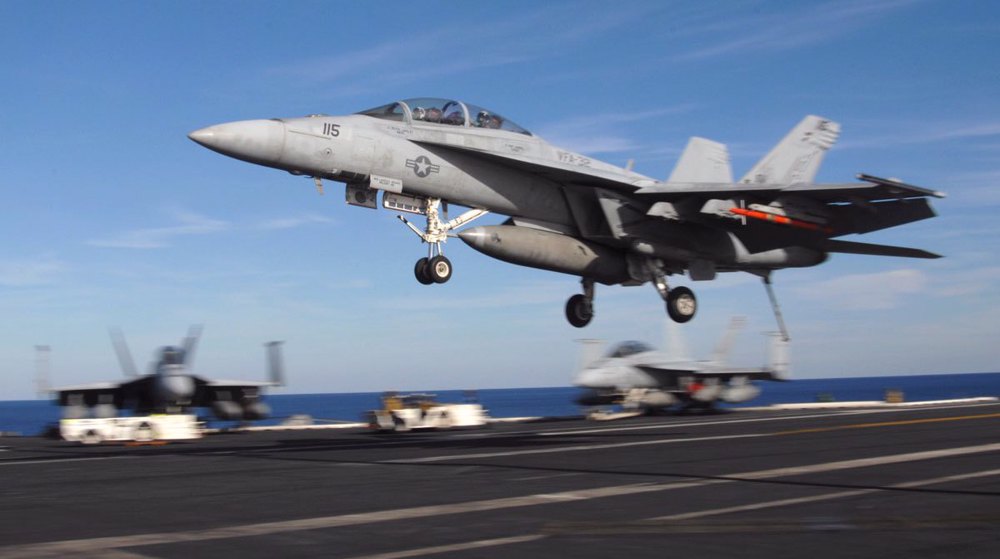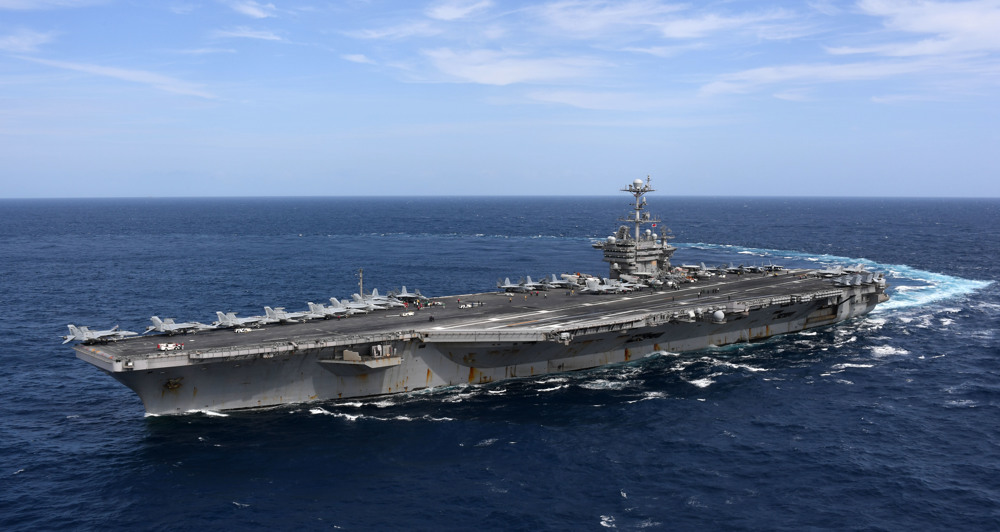US military ‘world’s biggest polluter’: Report
The US military has become the biggest polluter domestically and internationally, a new report says, warning that hundreds of American military bases across the world are “gravely contaminated.”
The US Defense Department alone produces more hazardous waste than the five largest US chemical companies combined, creating a toxic trail over the world comprised of depleted uranium, oil, jet fuel, pesticides, defoliants like Agent Orange and lead, MintPress News reported Monday.
According to the report, perchlorate and other chemical components of jet and rocket fuel leaking from US military bases has often contaminated sources of drinking water, groundwater resources, and soil.
Aside from the military bases, there are around 1,200 military facilities scattered across the US that await decontamination under the so-called Superfund program, a federal cleanup initiative. Out of those, 900 have long been abandoned.
Holding the record for most nuclear weapons tests—more than all other nations combined— the US military is also responsible for the huge amount of radiation that continues to contaminate a large number of islands in the Pacific Ocean.
The situation is so severe that people living on the Marshall Islands, where the US tested more than sixty nuclear weapons between 1946 and 1958, have been developing exceedingly high rates of cancer over the past decades.
“Almost every military site in this country is seriously contaminated,” retired Michigan congressman and war veteran John D. Dingell told Newsweek in 2014, the same year the Pentagon admitted that it had to deal with 39,000 contaminated areas spread across 19 million acres just in the US.

Iraq is a more recent example. A research in 2010 revealed that the 2003 US invasion of Iraq and the following occupation of the country led to severe desertification of 90 percent of the land, turning the Arab country from a food exporter into a country that imports 80 percent of the food its people need.
Last week, the US Navy acknowledged that around an estimated 94,000 gallons of jet fuel had leaked from Virginia’s Naval Air Station Oceana into a nearby waterway.
Last November, the US Navy announced that it was planning to release some 20,000 tons of heavy metals and explosives, among other pollutants, into the coastal waters of the US Pacific Northwest through 2017.
This is separate from an additional 4.7 to 14 tons of “metals with potential toxicity” that the Navy plans to dispose into inland waters annually.
Russia downs over 40 Ukrainian drones as Putin vows 'destruction' on Kiev
VIDEO | Yemen: A bone in Israeli neck
D-8’s role in Iran’s economy after Cairo summit
China slams US as ‘war-addicted’ threat to global security
China ‘firmly opposes’ US military aid to Taiwan
VIDEO | Press TV's News Headlines
President Yoon Suk Yeol to be removed from office
At least 19 Gazans killed by Israeli airstrikes since dawn: Medics










 This makes it easy to access the Press TV website
This makes it easy to access the Press TV website